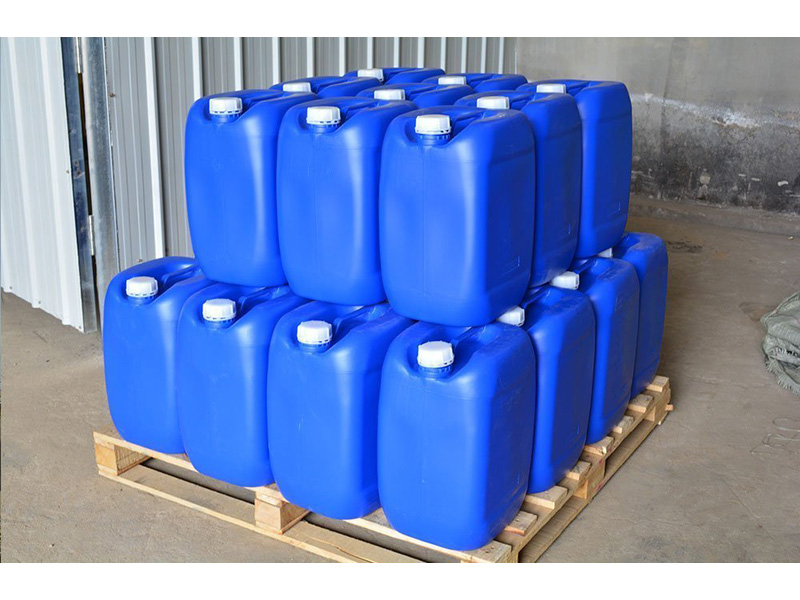
The choice of organic Silane coupling agents generally with test data of organic Silane coupling agent on the face, accurate. It is not easy to predict silane coupling agents. After using organic silane coupling agent increases the bond strength is a combination of a series of complicated factors, such as infiltration, surface energy and boundary layer adsorption, adsorption, polarity of acid-base interaction, etc.
The role and effect of silane coupling agent to be recognized and sure, but why a tiny amount of coupling agent on interface such a significant impact on the performance of the composite materials, haven’t a complete set of coupling mechanism to explain. Silane coupling agents on the interface between two materials with different properties of mechanism has a lot of research, and put forward the chemical and physical sorption. The chemical theory is the most ancient but is so far a theory is considered to be more successful.
The theory is that coupling agent containing a chemical functional groups, with the silanol groups on the surface of the glass fiber and other inorganic filler on the surface of the molecular form covalent bond; In addition, the coupling agent also contains a kind of different functional groups and polymer molecular bonding, in order to obtain the good interface bonding, coupling agent is to play a bridge of mutual connection between inorganic and organic facies role. The silane coupling agent as an example to show the valency theory. Such as ammonium propyl triethoxy silane, when use it first with inorganic filler (such as glass fiber, etc.), silane hydrolysis into silanol first, then the silicon alcohol-based and inorganic filler surface dehydration reaction.
The silane coupling agent directly added to the adhesive composition, as the matrix resin for the amount of general amount of 1 ~ 5%. After the glue by molecular diffusion effect, coupling agent molecular migration to the bonding interface coupling effect. For curing adhesives, glue should be placed after a period of time for curing, so that the coupling agent to complete the migration process, in order to obtain good results. Actual use, often coupling agent on the surface to form a sediment, but the real work is monomolecular layer, therefore, Silane coupling agents usage need not too much.